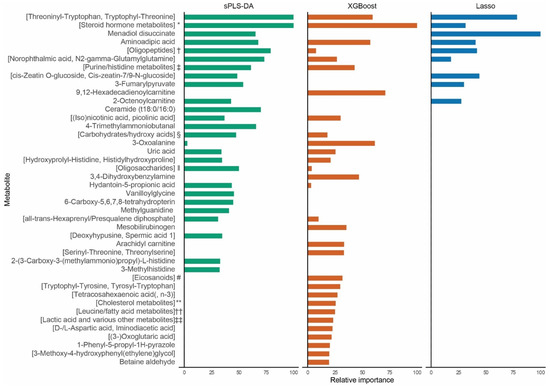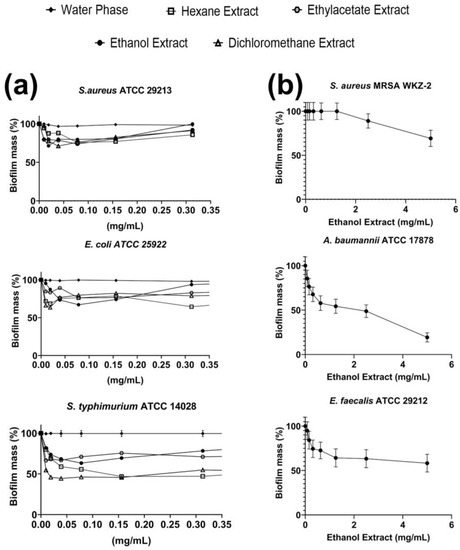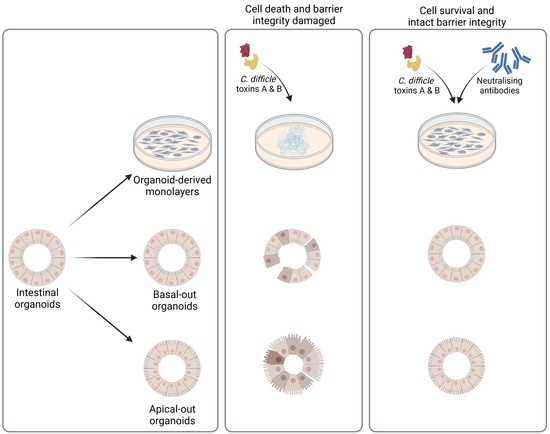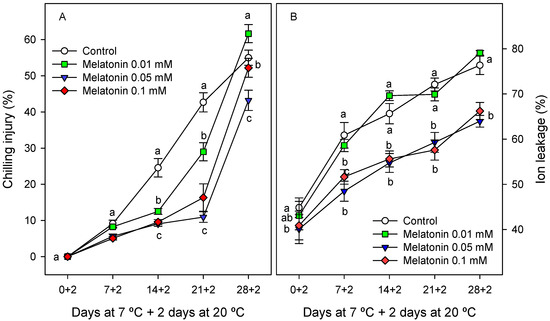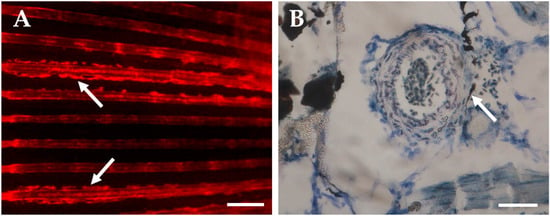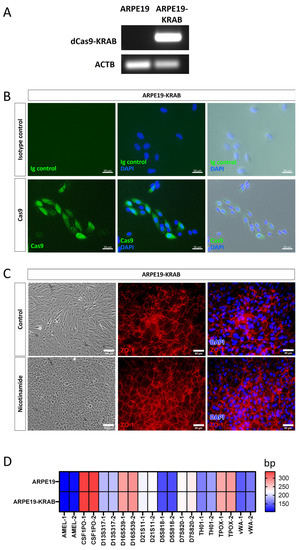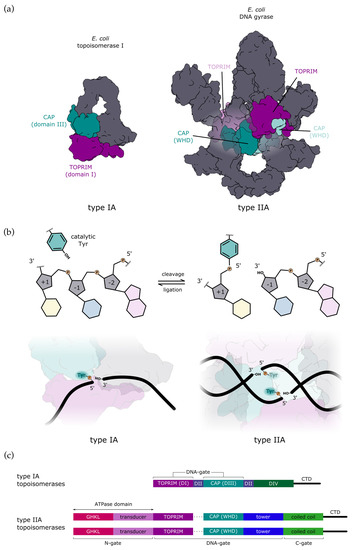1
Department of Genetics, University Medical Centre Utrecht, Utrecht University, 3584CX Utrecht, The Netherlands
2
Netherlands Heart Institute, 3511EP Utrecht, The Netherlands
3
Department of Physiology, Amsterdam UMC, Vrije Universiteit Amsterdam, Amsterdam Cardiovascular Sciences, 1081HZ Amsterdam, The Netherlands
4
Department of Cardiology, University Medical Centre Utrecht, Utrecht University, 3584CX Utrecht, The Netherlands
5
Institute of Cardiovascular Science, Faculty of Population Health Sciences, University College London, London WC1E 6DD, UK
6
Department of Genetics, University Medical Centre Groningen, University of Groningen, 9713GZ Groningen, The Netherlands
7
Department of Human Genetics, Amsterdam UMC, University of Amsterdam, 1105AZ Amsterdam, The Netherlands
8
Department of Clinical Genetics, Radboud University Medical Centre, 6525GA Nijmegen, The Netherlands
9
Heart Centre, Department of Cardiology, Amsterdam UMC, University of Amsterdam, 1081HZ Amsterdam, The Netherlands
10
Department of Cardiology, University Medical Centre Groningen, University of Groningen, 9713GZ Groningen, The Netherlands
11
Health Data Research UK and Institute of Health Informatics, University College London, London NW1 2DA, UK
add
Show full affiliation list
Int. J. Mol. Sci. 2023, 24(4), 4031; https://doi.org/10.3390/ijms24044031 - 17 Feb 2023
Cited by 3 | Viewed by 2204
Abstract
Hypertrophic cardiomyopathy (HCM) is the most prevalent monogenic heart disease, commonly caused by pathogenic MYBPC3 variants, and a significant cause of sudden cardiac death. Severity is highly variable, with incomplete penetrance among genotype-positive family members. Previous studies demonstrated metabolic changes in HCM. We
[...] Read more.
Hypertrophic cardiomyopathy (HCM) is the most prevalent monogenic heart disease, commonly caused by pathogenic MYBPC3 variants, and a significant cause of sudden cardiac death. Severity is highly variable, with incomplete penetrance among genotype-positive family members. Previous studies demonstrated metabolic changes in HCM. We aimed to identify metabolite profiles associated with disease severity in carriers of MYBPC3 founder variants using direct-infusion high-resolution mass spectrometry in plasma of 30 carriers with a severe phenotype (maximum wall thickness ≥20 mm, septal reduction therapy, congestive heart failure, left ventricular ejection fraction <50%, or malignant ventricular arrhythmia) and 30 age- and sex-matched carriers with no or a mild phenotype. Of the top 25 mass spectrometry peaks selected by sparse partial least squares discriminant analysis, XGBoost gradient boosted trees, and Lasso logistic regression (42 total), 36 associated with severe HCM at a p < 0.05, 20 at p < 0.01, and 3 at p < 0.001. These peaks could be clustered to several metabolic pathways, including acylcarnitine, histidine, lysine, purine and steroid hormone metabolism, and proteolysis. In conclusion, this exploratory case-control study identified metabolites associated with severe phenotypes in MYBPC3 founder variant carriers. Future studies should assess whether these biomarkers contribute to HCM pathogenesis and evaluate their contribution to risk stratification.
Full article
(This article belongs to the Special Issue Molecular Mechanisms of Cardiac Development and Disease)
▼
Show Figures

